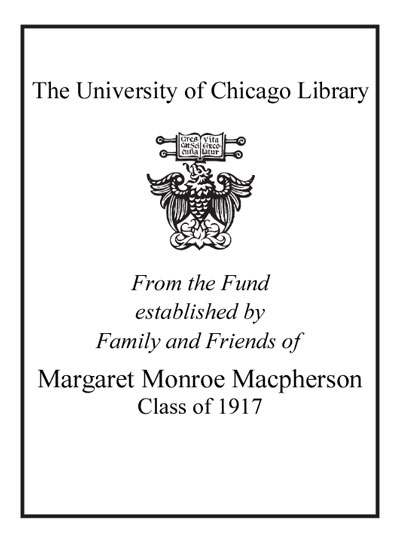Sourcing archaeological lithic assemblages : new perspectives and integrated approaches /
| Imprint: | Salt Lake City : University of Utah Press, [2023] |
|---|---|
| Description: | ix, 236 pages : illustrations (some color), maps (some color) ; 26 cm |
| Language: | English |
| Subject: | |
| Format: | Print Book |
| URL for this record: | http://pi.lib.uchicago.edu/1001/cat/bib/13141859 |
| Summary: | For most of our existence, humans have manipulated stone into tools that are essential for survival. Generally resistant to degradation, stone tools comprise a large portion of the material culture found at archaeological sites worldwide. Recovery of stone tools during archaeological excavation indicates the location where they were discarded, often tied to where they were used. "Sourcing" refers to attempts to determine the origin of the raw materials used to produce these tools. Knowing the beginning and end points of a tool's use-life, as well as the likely paths it took between those two locations, can offer insight into trade and procurement patterns. The scholars gathered in this volume employ a variety of unique approaches to real-life contexts in multiple geographic regions. These studies illustrate the numerous, robust options available to archaeologists and researchers today, as well as the problems that must be faced and resolved. |
|---|---|
| Physical Description: | ix, 236 pages : illustrations (some color), maps (some color) ; 26 cm |
| Bibliography: | Includes bibliographical references (pages 181-229) and index. |
| ISBN: | 9781647691080 1647691087 9781647691103 |

